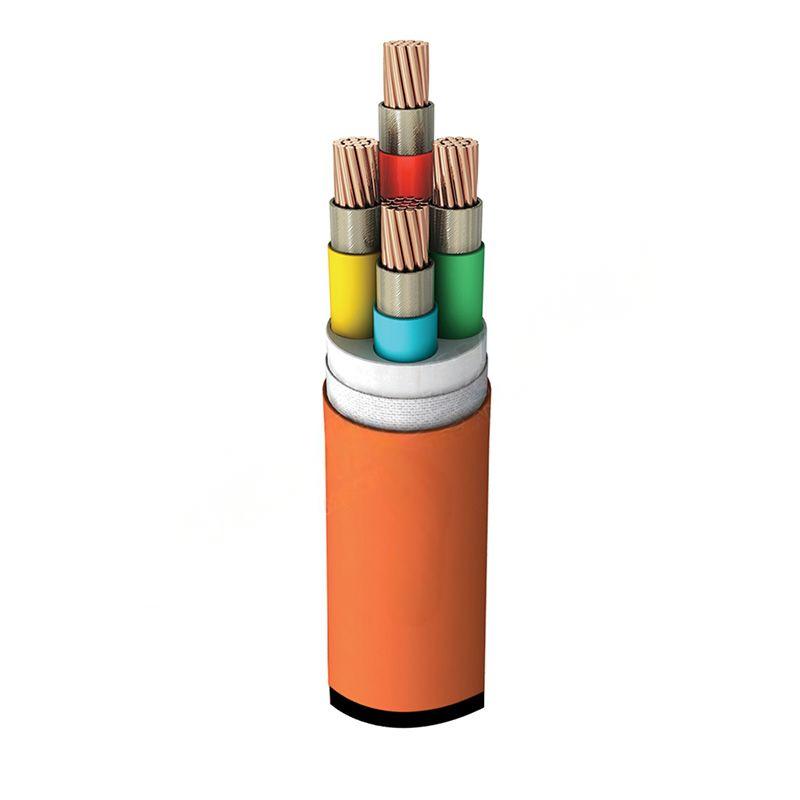11 月 . 02, 2024 03:30 Back to list
actuated valve
Understanding Actuated Valves Mechanisms, Applications, and Benefits
An actuated valve is a critical component in various industrial applications, functioning as an essential device that controls the flow of fluids. This sophisticated valve integrates a mechanical actuator with a traditional valve, enhancing its operational efficiency and effectiveness. Actuated valves find their place in diverse sectors, including oil and gas, water treatment, power generation, and pharmaceuticals.
Mechanisms of Actuated Valves
At the core of an actuated valve's operation is the actuator, which translates energy into mechanical motion. Depending on the design and requirements of the system, actuators can be powered by electricity, pneumatic pressure, or hydraulic power.
1. Electric Actuators These utilize an electric motor to operate the valve, allowing for precise control and easy integration into automated systems. Electric actuators are ideal for applications where a reliable power source is available.
2. Pneumatic Actuators Employing compressed air, pneumatic actuators are prized for their rapid response times and simplicity. They are often used in processes requiring swift valve movement, making them suitable for industries like food processing and chemical manufacturing.
3. Hydraulic Actuators Using pressurized fluid to exert force, hydraulic actuators provide substantial torque and are typically used in larger valves requiring more power. They are commonly found in wastewater management and heavy industrial applications.
In most configurations, actuated valves can be operated either manually or automatically, facilitating controlled, consistent, and safe operations. The combination of the valve and actuator is designed to withstand harsh operating conditions, thereby enhancing durability and reliability.
Applications of Actuated Valves
actuated valve

Actuated valves serve numerous purposes across various industries. In water treatment facilities, they regulate the flow of water and chemicals, ensuring efficient purification processes. In energy generation, they control the flow of steam and other fluids, optimizing performance and safety. Additionally, in manufacturing and processing plants, they play an essential role in maintaining the smooth operation of production lines.
Moreover, the petroleum sector relies heavily on actuated valves for the safe and efficient transport of crude oil and gas products. These valves ensure that flow rates are maintained and that safety measures are strictly followed, thereby minimizing risks associated with leaks or pressure imbalances.
Benefits of Actuated Valves
The integration of actuators into valve systems offers distinct benefits, making them invaluable in modern industrial applications. One major advantage is the improved automation capability, which allows for remote operation and monitoring, thus reducing labor costs and improving operational efficiency.
Additionally, actuated valves enhance safety by minimizing potential human error. Automated systems can be integrated with sensors and control systems to ensure that valves only operate under safe conditions, reducing accidents and environmental hazards.
Finally, the maintenance of actuated valves is generally simplified due to their built-in diagnostic capabilities. Modern actuators often feature feedback systems that provide real-time information about their status, allowing for proactive maintenance and reducing downtime.
Conclusion
In summary, actuated valves represent a harmonious blend of mechanics and control technology. Their ability to ensure efficient, safe, and reliable operation makes them a crucial asset in various industries. As technology continues to advance, the role of actuated valves is likely to grow, paving the way for even more innovative applications in the future.
Share
-
Understanding the Differences Between Wafer Type Butterfly Valve and Lugged Butterfly ValveNewsOct.25,2024
-
The Efficiency of Wafer Type Butterfly Valve and Lugged Butterfly ValveNewsOct.25,2024
-
The Ultimate Guide to Industrial Swing Check Valve: Performance, Installation, and MaintenanceNewsOct.25,2024
-
Superior Performance with Industrial Swing Check Valve: The Essential Valve for Any SystemNewsOct.25,2024
-
Industrial Swing Check Valve: The Ideal Solution for Flow ControlNewsOct.25,2024
-
You Need to Know About Industrial Swing Check Valve: Functionality, Scope, and PerformanceNewsOct.25,2024